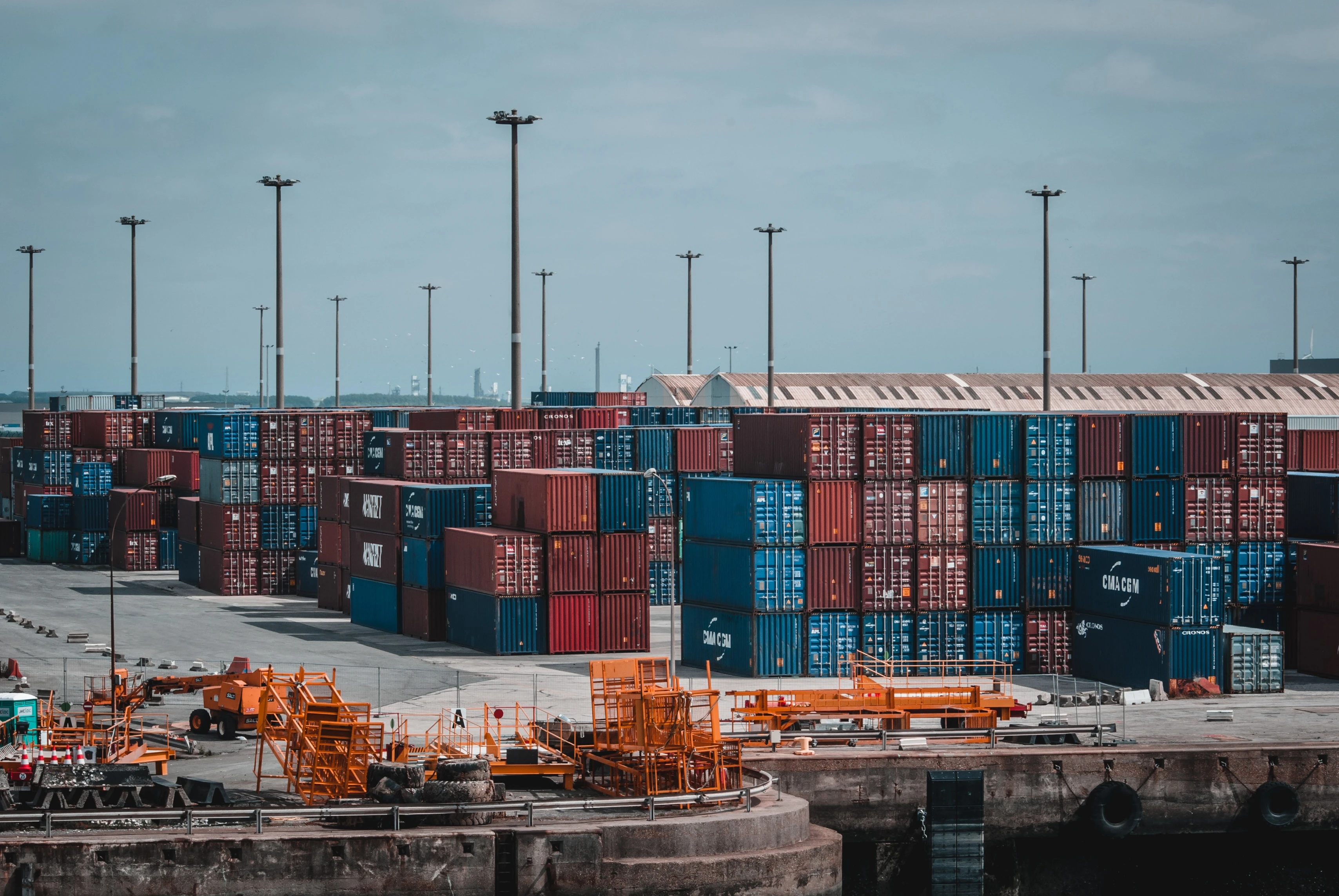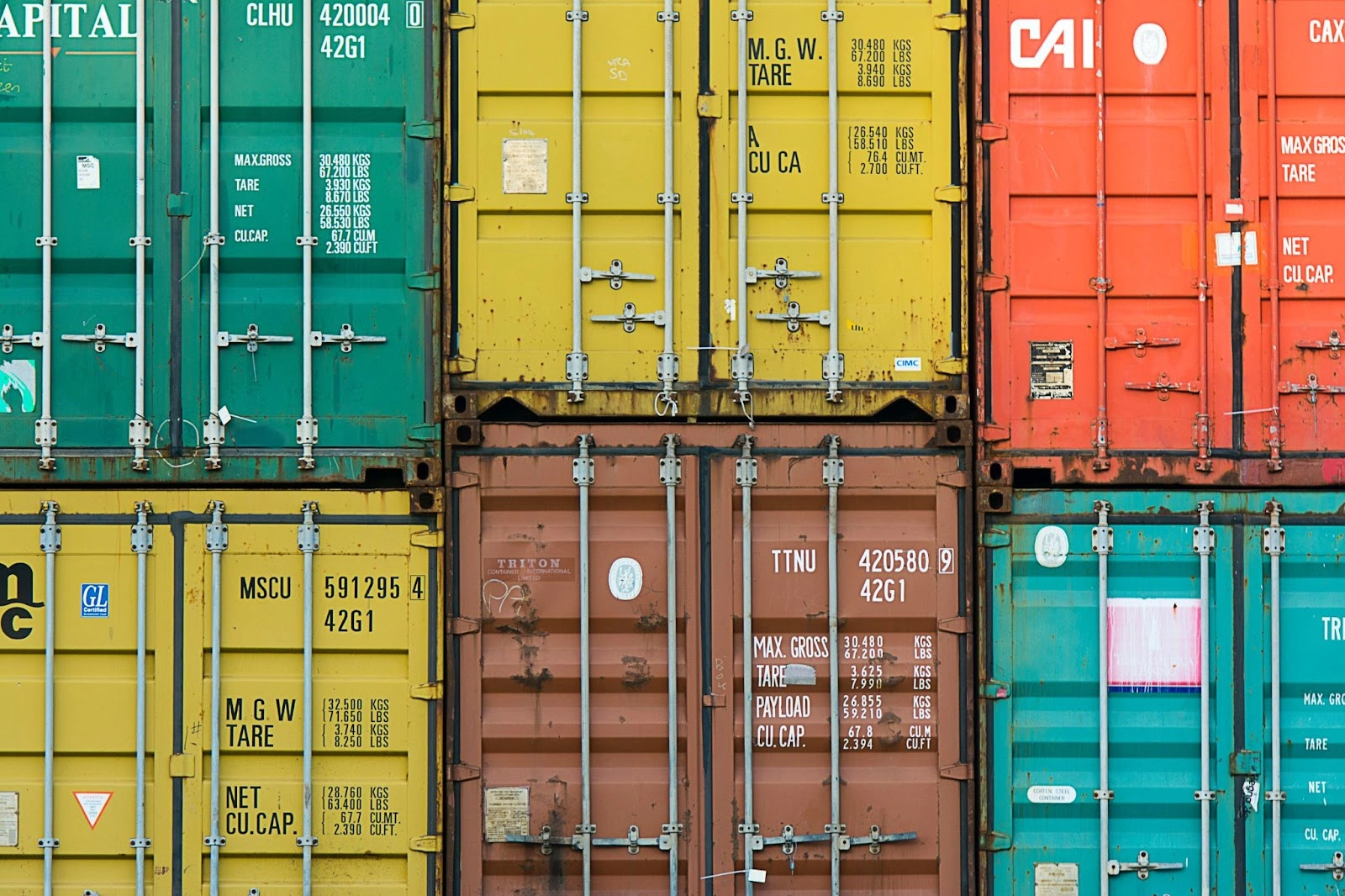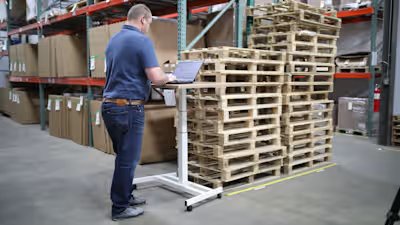2,100-word blog for Hive: LCL vs FCL: Which is best?

Looking to ship overseas using a combination of sea and rail freight? You will have some big decisions to make. One key decision is whether to opt for Less than Container Load (LCL) or Full Container Load (FCL) shipping.
How you transport your goods internationally will have a significant impact on your business costs, delivery timelines and ultimately your end customer experience if you are running out of stock. Which one you choose depends on your specific shipping requirements. Let's compare.
In this blog post you will discover:
What is LCL?
Benefits of LCL
What is FCL?
Benefits of FCL
LCL and FCL comparison table
FCL vs. LCL – which is best for your business?
Working with a 3PL that understands your freight needs
What does LCL mean in freight?
What does LCL mean in shipping? LCL is abbreviated shipping terminology. It stands for Less than Container Load. LCL shipments are usually consolidated from cargo from multiple shippers into a single container.
Goods from different shippers that share the same route for the main carriage are delivered to a warehouse close to the port and consolidated in containers. At the destination port, the goods are then separated again and sent to their final destination via truck or rail.
If you transport goods using LCL, your cargo will share container space with other companies.
Freight forwarders and consolidators play a key role in managing the logistics of LCL shipments, helping you to consolidate your smaller shipments into a container before dispatching them to their destination.
LCL shipping is useful for smaller e-commerce companies or individuals if your shipment volumes do not fill an entire container.
Benefits of LCL
LCL shipping has many benefits, including:
Cost efficiency: Cost savings are one of the key advantages of LCL shipping. You only pay for the space that your goods occupy within a container, which allows for more cost-effective shipping, especially for your smaller shipments. Sharing a container with other shippers helps to spread the overall shipping cost, making it an affordable option.
Flexibility: LCL shipping offers you complete flexibility over the quantity of goods that you ship. You don't need to fill an entire container, which means that you can send smaller volumes without worrying about excessive inventory build-up. The flexibility that comes with LCL shipping is ideal if your ecommerce company has various shipment sizes or seasonal demands.
Reduced inventory holding costs: LCL shipping gives you the option to ship smaller quantities more frequently, which reduces the need for excessive inventory holding. This helps you to optimize your inventory management, and keep your warehouse costs down.
Accessible to SMEs: Smaller businesses are better equipped to compete on a global scale with LCL shipping. It provides access to international markets without the need to ship huge volumes. Your ecommerce business can benefit from lower shipping costs, and tap into new markets efficiently.
Environmental sustainability: Sharing container space with other shippers helps to optimize container use. This reduces carbon emissions associated with transporting goods internationally. For smaller shipments, LCL is a greener shipping option than FCL.

What does FCL mean?
FCL stands for Full Container Load. However, it does not mean that a container has to be full, just that it transports your goods only. Unlike LCL, which carries cargo from multiple shippers, FCL gives you exclusive use of a container. It is ideal for shipping larger volumes that fill an entire shipping container.
Benefits of FCL
The benefits of FCL include:
Exclusive container use: When using FCL shipping, you have complete control over the container. This allows you to maximize the use of space, and load goods more efficiently. Plus, it reduces the risk of loss and damage to cargo.
Faster transit times: Where LCL shipping requires the consolidation and deconsolidation of goods and involves pick-up and drop-off at various points, FCL is far less complex. With FCL, containers can be loaded and unloaded at ports more quickly, and minimal pick-off and drop-off points means a faster transit time all round.
Reduced handling and lower risk: FCL shipping has very few handling processes compared to LCL, which reduces the risk of damage and loss. Once in the container, your goods remain untouched throughout their journey, which minimizes the risk of mishandling.
Privacy and security: When choosing FCL shipping, you get greater privacy and security. Containers are sealed at the point of origin and remain unopened until they reach their final destination. This serves to enhance the safety, security and privacy of your cargo while it's in transit.
Dedicated shipping: FCL shipping is ideal for maintaining a consistent supply chain because it allows you to ship a large volume of goods in one journey. If you have a high-volume production process or regular large-scale shipments, FCL is beneficial to your specific shipping requirements.
Plus, if you are shipping a large volume of cargo, FCL is highly cost effective and is priced per container. This makes it easier to budget. The price to ship using LCL is calculated based on the actual volume or space that your shipment occupies in a shared container, making the cost more complicated to work out.
LCL shipping vs FCL shipping
To give you a clear overview of the differences between FCL and LCL freight shipping, we have compiled a table below.
LCL vs FCL comparison table
FCL vs. LCL – which is best for your business?
The choice between FCL and LCL rests on a number of factors, including:
The size and weight of your shipment
Your budget
Your timeline
The type of products that you're shipping
When to use LCL
As a general 'rule', LCL is best if you're shipping small volumes with a low total weight. From a cost perspective, LCL is only cheaper if your loads are under 15m3. Your total cost could be higher if shipments exceed this amount and depending on the transit route. Plus, local fees tend to be higher than FCL costs.
If your criteria is smaller shipments and keeping costs down, LCL represents the best option. LCL shipping times will depend on the market. If the demand is high and capacity is low, it's usually faster to squeeze some cubic meters in an LCL because some consolidators will have some space.
This can cause significant delays because loading/unloading times are unpredictable and out of your control. Equally, when a container arrives at the port, or when cargo is unloaded, tracking your goods is near impossible. Plus, any tracking might not be accurate. This is where having a freight forwarder can help because you can get more information on the status of your shipments.
Then there's the risk to your goods. LCL shipping carries a higher chance of damage and loss. Why? You don't often have a choice where your cargo is loaded in a container. If your goods are poorly positioned, the risk of potential movement within the container could lead to damage.
There's less security too. With multiple handling points and door opening events during transit, the likelihood of misplaced cargo or theft is heightened.
On the upside, during periods of high container congestion, for example shipping peak season, which runs from August to October, you might find it easier to book an LCL shipment than an FCL shipment.
Generally, LCL shipping requires a lot more coordination and management on your part because there are a lot of touchpoints. Plus, there are greater risks associated with transporting by LCL, which could result in financial losses and delays.
Overall, LCL is the right fit for your business if you are looking for an economical, cost-effective and environmentally friendly way to transport small shipments. LCL shipments tend to be given preferential treatment by carriers, and with regular departures and routing networks, it offers a flexible and reliable solution for moving goods internationally.
When to use FCL
FCL is arguably a far less complex process than LCL shipping, mainly because there are fewer handling points, you get exclusive use of the container, and you have greater control. Plus, the standardized pricing model makes it easier to budget for.
If the criteria for shipping is speed, control, security and visibility over larger shipments, then FCL is the best fit for the needs of your business.
However, FCL is not without its challenges. If you don't fill a container, FCL will cost you more.
Plus, it's not really suitable for smaller packages, which means that if you have low cargo volumes, it won't be served by FCL. This makes it virtually inaccessible for small businesses.
That said, if you are able to completely fill a container, FCL will be the most cost-effective way, per cubic meter, to transport your freight by ocean. The ability to fill a container will mean that your business benefits from economies of scale. Filling or nearly filling a container allows you to move more products using fewer shipping containers.
If you move a lot of high value or volatile goods, FCL reduces the chances of cargo being damaged, stolen or lost. Containers travel on a direct route with a single consignee, which offers greater reassurance that your cargo will arrive safely and securely. This can't be guaranteed with LCL.
Overall, FCL is the right shipping method for your business if:
You want to pay a flat rate fee for a whole container
Goods need to be moved urgently or to a tight timeline
Safety, security and privacy are important
You know your business better than anyone else. Choosing between LCL and FCL comes down to what best fits your company's needs at this time. You might start with LCL and make the step up to FCL when budgets and volume allow. There's no one size fits all approach.

Work with a 3PL that can organize freight forwarding for you
To save time on researching and planning whether LCL or FCL is right for you, consider partnering with a 3PL company that understands your freight needs.
There are many advantages to working with a 3PL partner, the most important of which is support from shipping specialists who have been there and done it. This gives you peace of mind that your shipping needs are in safe hands.
Take working with Hive for example. Here are some of the benefits of letting us handle your freight forwarding:
You save time on organizing freight shipments, and the communication linked to each shipment.
Because we pool the freight volumes of our merchants, Hive is able to benefit from better prices with key freight forwarding partners. This means we can compare prices on every freight shipment to ensure that you get the best shipping rates.
Complete visibility. Access all the information and data you need to see about your shipments via the Hive app.
Full support from freight specialists. Get answers to questions and solutions to any challenges associated with your shipments.
Manage your entire shipping operation in one place for ease of access and convenience.
Ready to scale your supply chain? We have everything you need to manage your freight forwarding efficiently. Handling your own freight forwarding is time consuming and stressful. Leave it to the Hive specialists to get the best possible deal tailored to your brand’s needs.
Plus, get the back-up you need to scale up your shipping operation and grow your business. Think of us as an extension of your company, and get your products from A to B, stress free. Get a quote.
Like this project
Posted Aug 19, 2023
A 2,100-word, ghost written SEO blog for Hive comparing LCL and FCL shipping options and which is best for businesses.
Likes
0
Views
13
Clients

Hive







